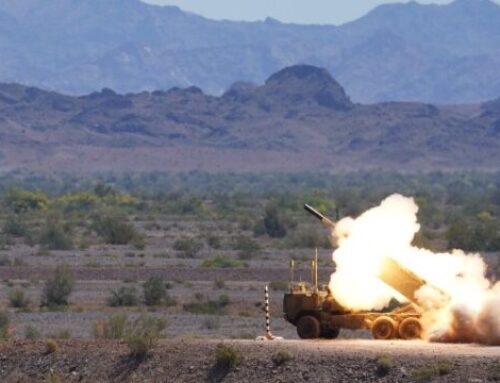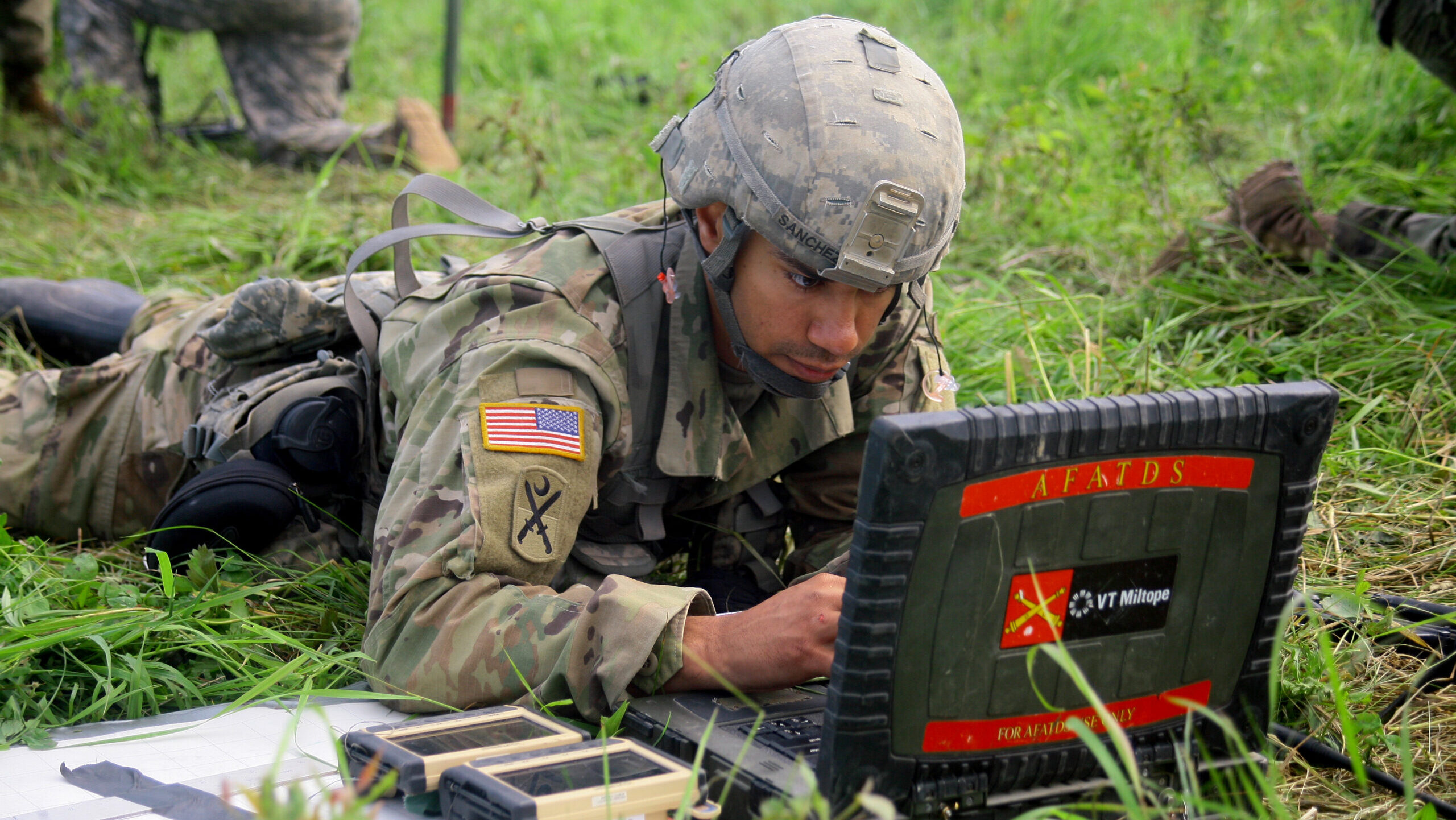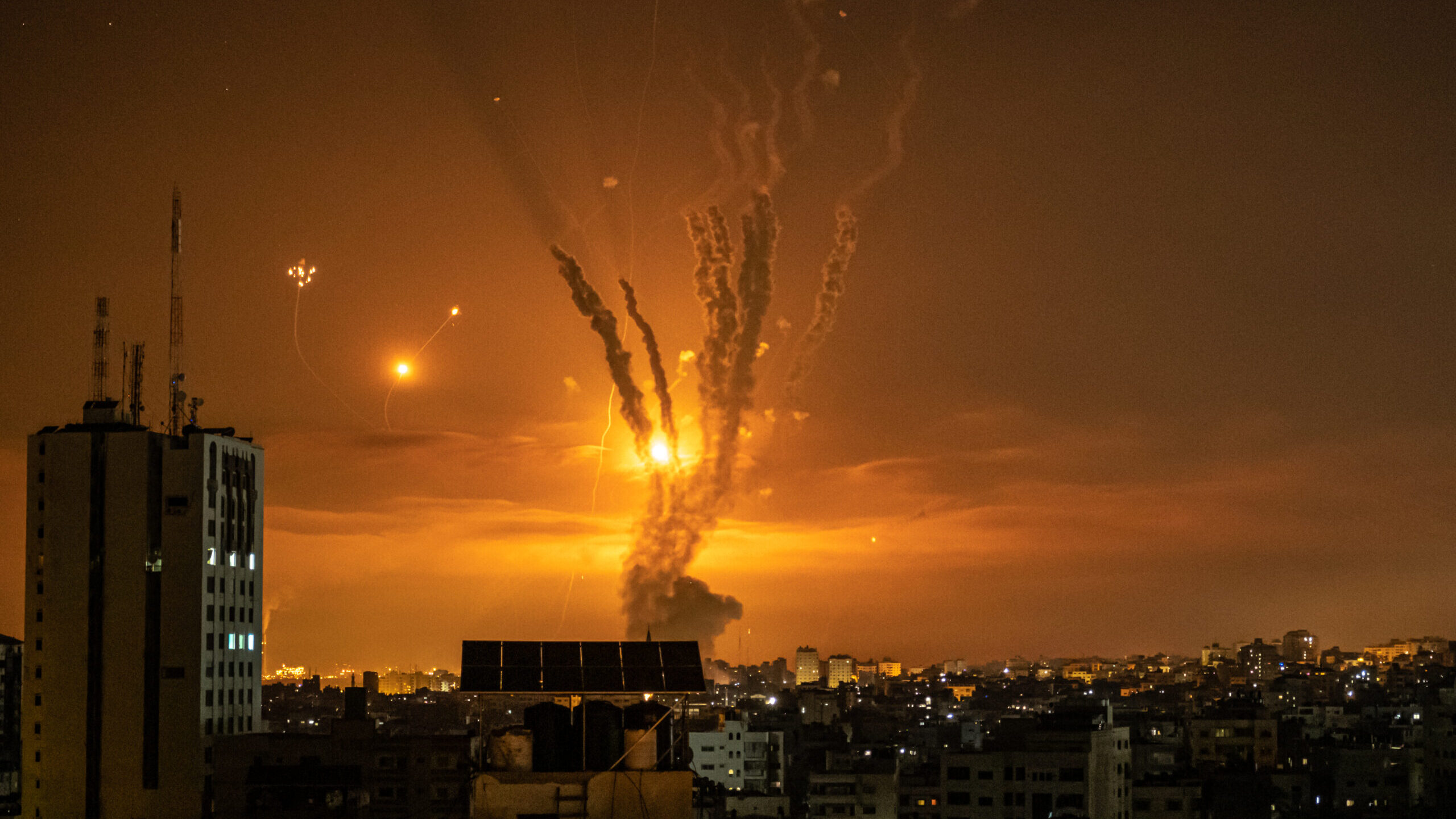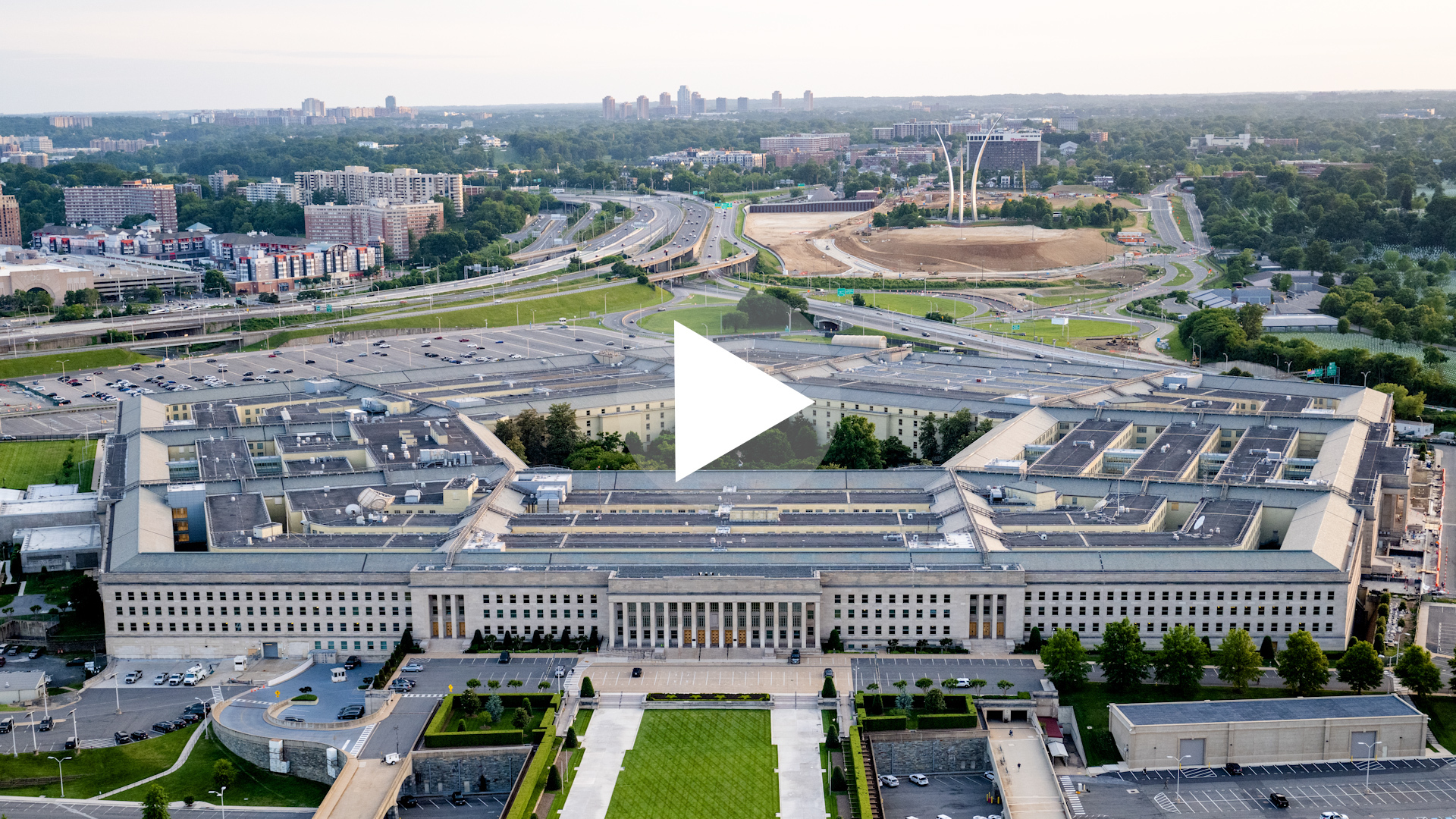Doug Cossa, Defense Intelligence Agency (DIA) Chief Information Officer (CIO), speaks on the Intelligence Community CIO Panel at the 2021 Department of Defense Intelligence Information System (DoDIIS) worldwide conference on December 7, 2021. (Myles Scrinopskie / Defense Intelligence Agency
WASHINGTON — The Defense Intelligence Agency is on the verge of completing a much-needed update to the Joint Worldwide Intelligence Communication System (JWICS) to make the system more resilient to outages, DIA Chief Information Officer Doug Cossa said this morning.
Over the past two years, the DIA set the goal of performing a “tech refresh” on the JWICS, the Pentagon’s secure network that hosts top secret and sensitive compartmented information. The JWICS was created during the Gulf War as the DIA had to figure out how to transmit secure voice and video to the Pentagon.
“We are almost done with tech refresh. We’re essentially there,” Cossa said during an Intelligence and National Security Alliance webinar this morning. “That has been the focus over the past two years, since we started the program, really replacing the antiquated infrastructure, especially where we have critical nodes.”
He added that this “tech refresh” doesn’t necessarily mean just updating the JWICS at the device level, meaning routers, switches and encryption, but includes “everything that goes along with providing connectivity” and making the JWICS more resilient. The goal is to catch outages before they occur, Cossa said.
“It’s a mesh network to where, if one point goes down, you’ve got alternate routes, just like a highway system, right?” he said. “You don’t want to just have one exit. You want multiple on ramps and off ramps. That’s where we are on the tail end of completing.”
“So how do we move into software-defined networking, to where we can identify error issues or errors early? You know, in the past, as we’ve experienced networking problems, it’s always an after-the-fact of, ‘Okay, what happened?’” he said. “How do we move that question up front before an outage occurs?”
The tech refresh is only one part of modernizing the JWICS, which has been in the works since 2021. Cossa said the DIA is also focused on enhancing the cybersecurity and automation capabilities of the system.
Related: Top secret info-sharing: DIA info chief sees modernizing JWICS as top priority in 2024
This automation process, which will harness artificial intelligence, will eventually help in catching errors before they cause serious consequences like outages or the theft of information — whether by foreign hackers or insider bad actors.
“Really the aim over three years, it’s enhancing the monitoring of network traffic and connectivity, and then, of course, automating the management of that as we start to see anomalies. And then especially from the cybersecurity side, is how do we isolate parts of the network that aren’t operating towards their norm? And that’s where a lot of that AI as I mentioned comes in,” Cossa said today.
At the upcoming Department of Defense Intelligence Information System, or DoDIIS, conference later this month, the DIA will continue looking for industry solutions to transforming the JWICS from a manual system to an automated system.
“That’s really what the next generation of the JWICS architecture looks like. It’s taking the person out of the loop, and the management of that, and then looking at ways to automate that in a smart kind of way. That’s definitely a big priority [and] will remain a big priority for the next several years,” Cossa said today when asked about this year’s DoDIIS themes.
“So you’ll see a lot of discussion on that, but you will also see a lot of breakout sessions on the automation of networks and the security of networks,” he added.











